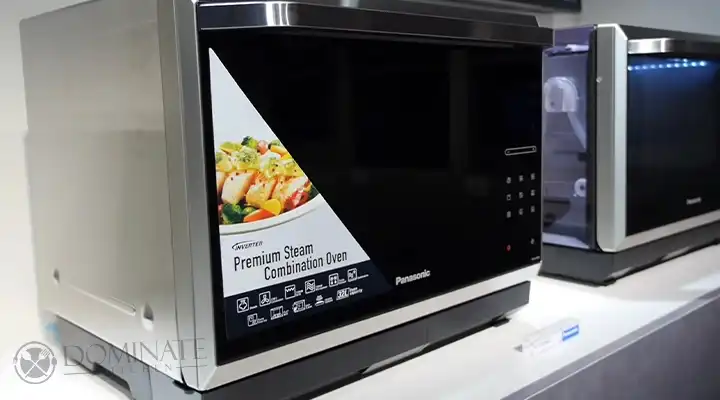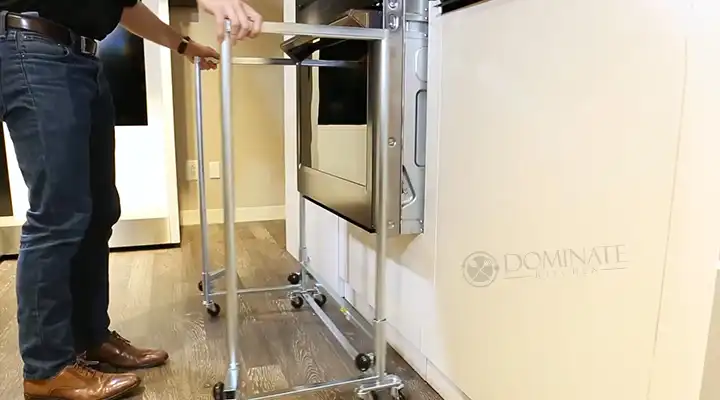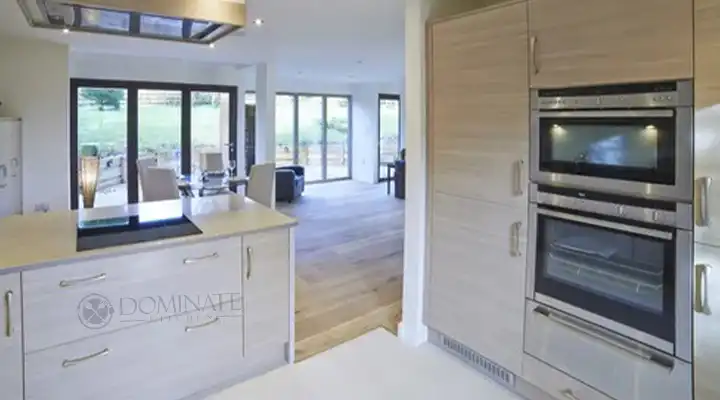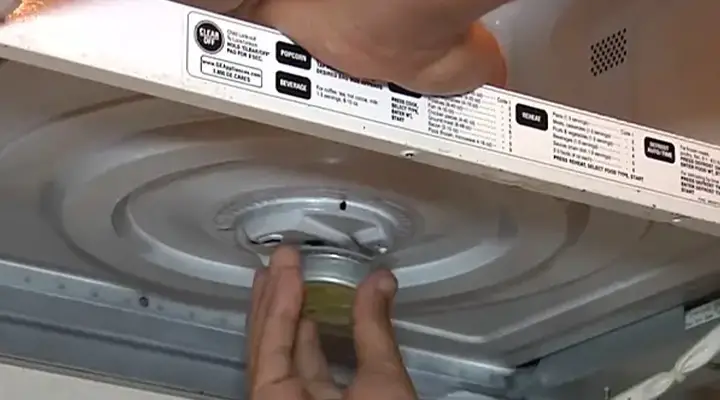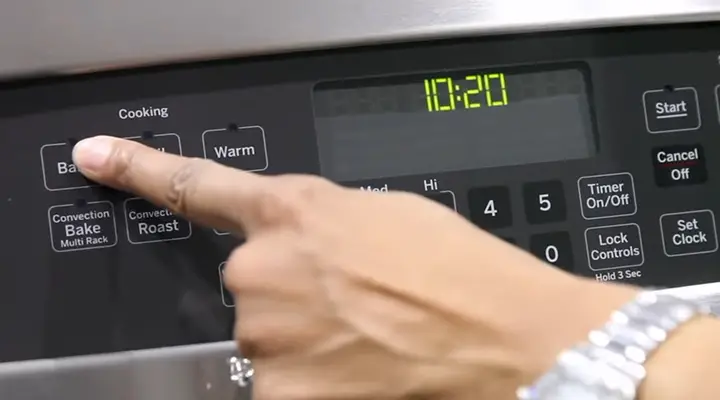What Is the Low Temp in An Electric Oven?
Cooking at low temperatures or at low speeds is not a new concept. Commercial kitchens began to use low-temperature cooking in the last twenty years or so, although it was practiced in Colonial America. It wasn’t until the early 1960s that convection ovens and thermostats could be used to control the temperature precisely that oven technology underwent major changes.
When cooking in a low oven, you cook at a low temperature for a longer period of time (between 120 C and 150 C). It’s ideal to roast and cook meat at these temperatures for an extended period of time. Eggs, meat, and other high-protein foods should be cooked at low temperatures to prevent overcooking.
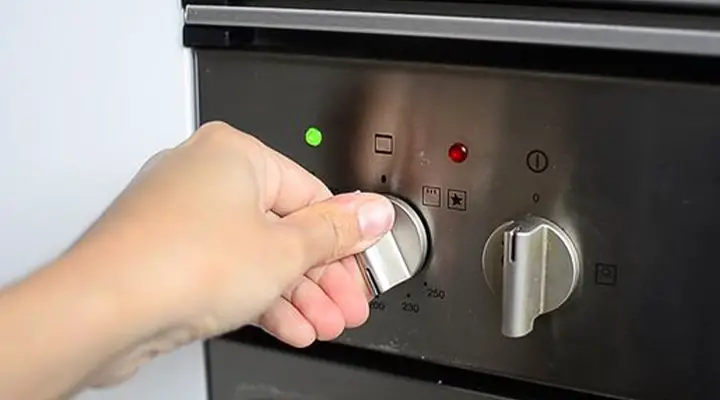
What Is the Low Temp in An Electric Oven?
Specially designed low-temperature ovens maintain precise temperatures throughout the oven cavity. It is possible to maintain a uniform temperature in an oven by moving air through the cavity or heating the entire interior surface. Roasting temperatures for meat are usually 200°F to 225°F, although they vary depending on the type of product being prepared.
The natural gas-fired oven is designed to roast at low temperatures, but can also bake at high temperatures. It is most common to use electric ovens when roasting at low temperatures, but there are also gas-fired ovens available.
A variety of convenience foods can be prepared successfully in Retherm ovens, essentially the same thing as a cook-and-hold oven. Pre-prepared frozen dishes with sauces or gravies, such as ravioli, chicken cacciatore, or macaroni and cheese, make excellent cook-and-hold meals. A large amount of moisture evaporates when these institutional foods are cooked at high temperatures, causing sauces to crust and burn. While maintaining the intended consistency of the product, low-temperature cooking thermalizes and heats it slowly.
Here Are Some Factors to Consider When Purchasing:
⦿You should carefully consider what is available on the market in terms of oven features that are suitable for your workplace. You can choose from an array of oven sizes. One to six roasts can be held in one of the small ovens with work surfaces and carving stations.
⦿In a kitchen with limited space, they can serve as equipment stands or buffet lines. If your demand is high, you should consider a larger unit. It is important to be aware that the majority of these ovens are not inexpensive and many of them cost more than conventional ovens of similar sizes. You should also take into consideration accessories.
⦿If you intend to move the oven between the cooking and serving areas, you will need casters. Smoking attachments for meat preparation are available on some units. While not preparing smoked products, use caution to prevent taste transfer. For most non-smoked products, a different oven will need to be used or the smoker needs to be thoroughly cleaned. If you need digital temperature and time displays as well as an automatic doneness probe, look for a unit with these features.
⦿The chefs on the staff of some oven manufacturers are well-versed in how foods should be cooked and maintained using such a concept. Consult with other users of the ovens after using these chefs as resources. The quality of your product will be better when cooking at a low temperature, and the price of the food will be cheaper.
⦿An oven with convection circulates air in the cavity and around pans of products that may be cooking using a heating element, usually at the top or bottom.
⦿In a “hot wall” oven, another popular method of cooking and holding, heat is transferred by conduction over a period of time. This type of oven uses an embedded metal wire element that is heated. Temperatures are maintained consistently throughout the cavity by wrapping the elements tightly. The interior of some hot-wall ovens is surrounded by hot air. There is heated air between the interior compartment and the exterior wall.
⦿The bottom of each oven shelf is covered with heat transfer plates, where a fluid circulates through them to transfer heat. Rather than cooking by circulating hot air, heat is transferred directly into cooking pans and containers from the shelf. In an effort to maximize product yield, manufacturers of these non-convection ovens claim less drying and improved moisture retention in their products as compared to their convection counterparts.
What Is the Lowest Temperature Setting on An Oven?
In most modern ovens, the bottom temperature is around 170 degrees. Be sure to check your manual for more information. For example, the “warm” setting in my oven is 170 degrees. Set your oven temperature to 200 degrees and check the temperature with an oven thermometer to make sure it’s accurate.
Depending on your oven, you may find that it is difficult to get the temperature very low, but it’s okay to cook at 200 degrees instead of 175 so long as your account for the fact that it will take less time. I highly recommend having a probe or an instant-read thermometer.
How Do You Slow Cook in An Electric Oven?
On a stovetop or in an oven, slow cooking can be done without a slow cooker. Rather than waiting for a slow cooker to cook, these methods require less time. The meat must first be seared on the stove before being slow-cooked in an oven. Cook it in a heavy pot with liquid and spices in a hot oven preheated to 200 degrees Fahrenheit. In order to preserve the juicy, tender texture of the meat, a low temperature of 200 to 250 degrees is ideal. When you lower the heat, cooking time increases.
FAQs
In What Way Do You Determine Low Heat?
Low heat, regardless of the type of stove and its model, is the lowest heat setting, as well as the easiest to find since it is clearly marked. On most stoves, low heat is indicated by 1 and 2. These numbers are typically used when slow cooking.
What Does Low Heat Mean in The Oven?
There are two types of low heat – low heat on the knob, and medium heat. When cooking at low heat, you are best suited to simmer sauces and soups or reduce liquid levels in a pan. You can also poach fish or eggs at this temperature setting.
Conclusion
You can use slow cooking overnight for added convenience. You shouldn’t worry if your oven doesn’t catch on fire while you’re awake because it’s unlikely to do so while you’re asleep. Don’t forget to check your smoke alarms if they’re not working. You can slow cook by putting the oven on in the afternoon or even spending a day at home if the thought of leaving it on overnight makes you uncomfortable.

![[ANSWERED] Is It Possible to Make Pizza in My Oven?](https://www.dominatekitchen.com/wp-content/uploads/2023/09/Is-It-Possible-to-Make-Pizza-in-My-Oven.webp)
